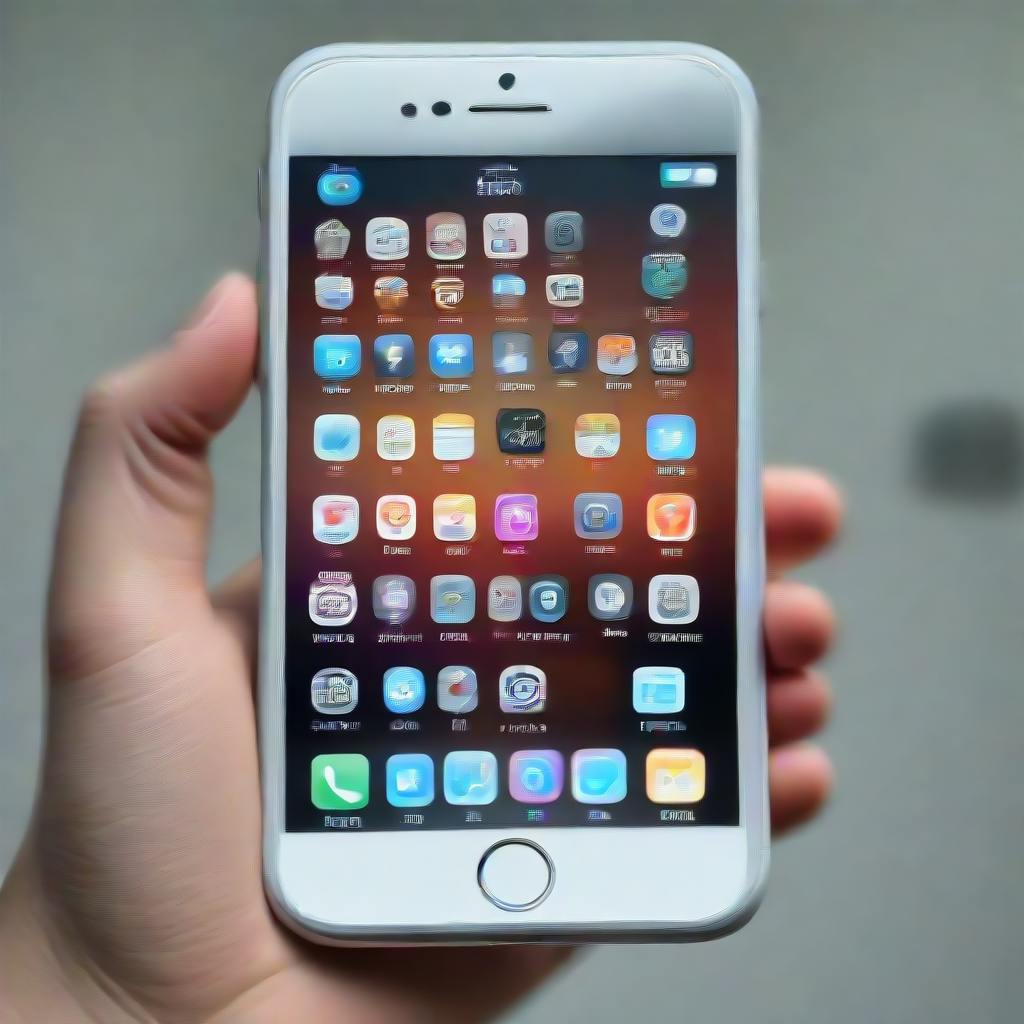United States v. Apple INC Court Filing, retrieved on March 21, 2024 is part of HackerNoon’s Legal PDF Series. You can jump to any part in this filing here. This part is 6 of 25.
III. Smartphones Are Platforms
48. Smartphones combine the functionality of a traditional mobile phone with advanced hardware and software components. This cluster of services and features results in a distinct product for consumers and developers. For example, smartphones not only make phone calls, but also allow users to listen to music, send text messages, take pictures, play games, access software for work, manage their finances, and browse the internet.
49. Smartphones are platforms. Platforms bring together different groups that benefit from each other’s participation on the platform. A food delivery app, for example, is a multisided platform that brings together restaurants, couriers, and consumers. A two-sided platform, for example, may bring together service providers on the one hand and consumers on the other. The technology and economics of a smartphone platform are fundamentally different from the technology and economics of a simultaneous transaction platform, such as a credit card, because smartphone platforms compete over device features and pricing in ways that do not directly relate to app store transactions. Whereas credit card transactions reflect a single simultaneous action that requires both sides of the transaction for either side to exist, consumers value smartphone platforms for a variety of reasons separate from their ability to facilitate a simultaneous transaction. Consumers care about non-transactional components of the phone, such as its camera and processing speed, and they care about non-transactional components of apps, such as their features and functionality.
50. The economics of a smartphone platform are such that the platform’s value to users—and in turn to the platform operator—increase when new apps and new features are added to the platform. In order to create these economic benefits for itself and its users, Apple has opened its smartphone platform to third-party developers, whose countless inventions and innovations have created enormous value. Apple has willingly opened the platform to third-party developers to capture this value even though there is no extensive regulatory framework requiring it to do so or overseeing how it interacts with those third parties. In this way, smartphone platforms are very different from other platforms, like landline telephone networks, whose value-adding features were built primarily by the platform operator and which were only opened to third parties when the platform operator was required to do so by regulation. When a third-party developer for the iPhone creates a valuable new feature, consumers benefit and consumer demand goes up for Apple’s products, increasing the economic value of the iPhone to Apple. This has played out hundreds of thousands of times for the iPhone, resulting in an enormously valuable smartphone platform reflecting the combined contributions of millions of developers.
51. In contrast, limiting the features and functionality created by third-party developers—and therefore available to iPhone users—makes the iPhone worse and deprives Apple of the economic value it would gain as the platform operator. It makes no economic sense for Apple to sacrifice the profits it would earn from new features and functionality unless it has some other compensating reason to do so, such as protecting its monopoly profits.
Continue Reading Here.
About HackerNoon Legal PDF Series: We bring you the most important technical and insightful public domain court case filings.
This court case retrieved on March 21, 2024, from justice.gov is part of the public domain. The court-created documents are works of the federal government, and under copyright law, are automatically placed in the public domain and may be shared without legal restriction.

